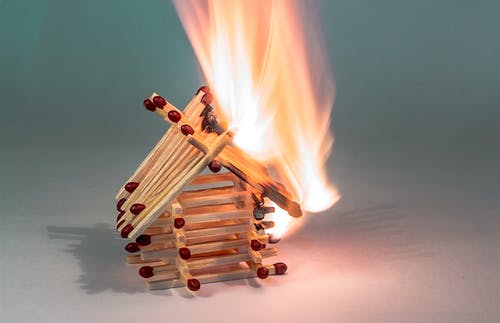
Mold in the Home: 4 Common Places Where Mold Flourishes
It’s not rare for warm and moist areas to have mold, mildew, or moisture troubles. Mold can also be an issue during the winter months if the conditions are best. In particular situations, the air indoors is a hundred times more polluted than outside. Mold is one of the most pervasive issues affecting your house’s indoor air quality.
Typical Places Where Mold Develops in Your Home
You might not also realize that mold is one of the world’s most prevalent living organisms that have taken up residence in your home. Which is the generic name for countless distinct species of fungi, can thrive anywhere there is dampness and natural particles, which is bad news.
Mold in your house can generate foul odors, harm your walls and floors, and even create several health issues. Recognizing the most prevalent locations for mold development is the initial step in eliminating mold from your house.
Washing Machines and Dryers
Mold can grow on home appliances that depend on water or come into touch with it. Keep damp garments out of the washer and dryer, and ensure the dryer is effectively aired outside the house.
Mold growth is the most typical issue in front-loading washing machines; however, newer versions have improved this. To avoid this, constantly utilize the specified cleaning agent and cycles, and maintain the washing door open when not in use. Don’t forget to clear out the dryer lint, which can also produce mold.
Air Conditioners
Condensation is at fault in this scenario. Furthermore, the air that air conditioner units gather from the outdoors contains dirt and pollen, both of which are favorable to mold. Mold spores are most likely to be present in machines that have been idle for a long time. Run your ac system regularly, even if it’s only for 10 minutes, to stay clear of mold and eliminate musty odours.
Remove the unit when not used and maintain it in a dry location when possible. If you believe your air conditioner has mold, either remove it from the window yourself or speak to a professional to do so and extensively clean the interior with a water-and-bleach solution. If your whole-house air conditioning system is infested with mold, it’s best to get it cleaned by an expert.
Filing Cabinets
Wood pulp, which provides an organic feast for mold spores, makes paper. If your house experiences water damage or a high level of moisture, your paper files may become damp, placing them in danger of mold growth. It can be challenging to stop lethal damage to your documents if the paper has been polluted by mold; as a result, prevention is the ideal approach.
Wooden Furniture
Mold flourishes on wooden surface areas due to the high dampness absorption of wood. You have the best storm for a mold attack when you incorporate this dampness with warm temperatures and mold spores.
Because wood is porous, getting rid of spores is hard. It is a lengthy treatment, making breathing of the waste hazardous. It will spread out farther if it is not removed appropriately. When you use inappropriate solutions, you’ll scratch the surface rather than clear it. If eliminating mold from your wooden furniture is too difficult for you, you can contact a professional restoration company such as PuroClean to help you.
Conclusion
If mold spreads on your property, you need to act fast to fix the concern. Mold will remain to develop and spread, leading to health dangers to your family along with inflicting structural damage to your residence.

